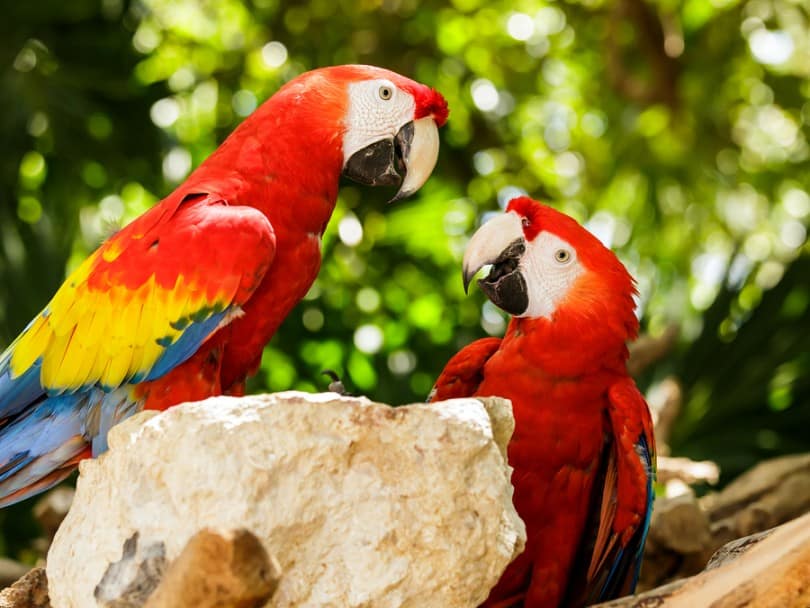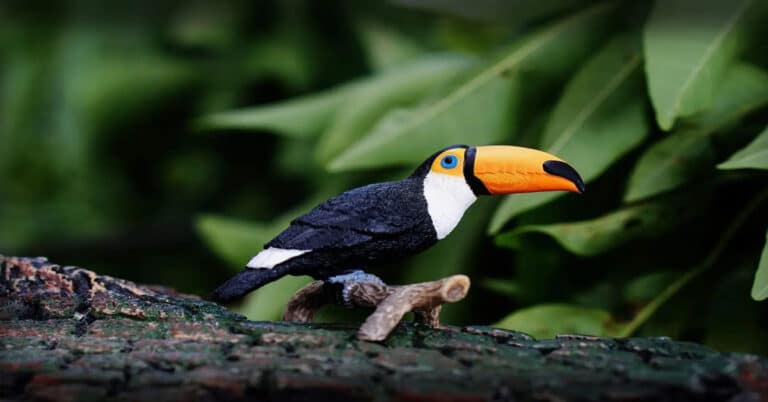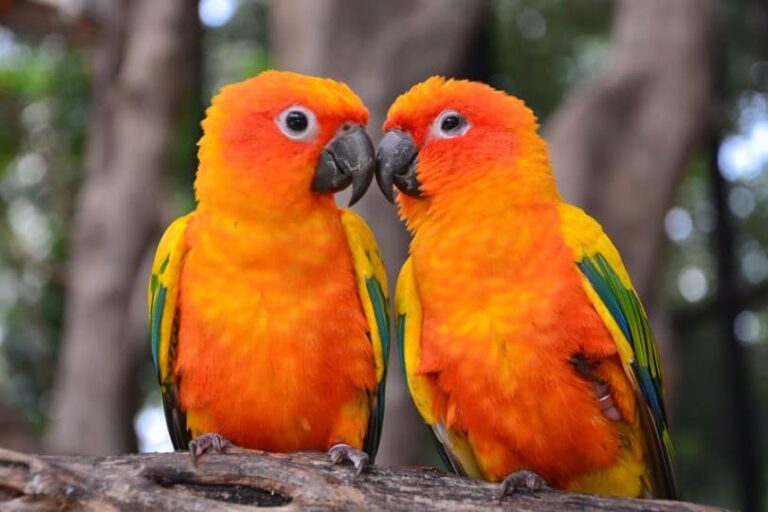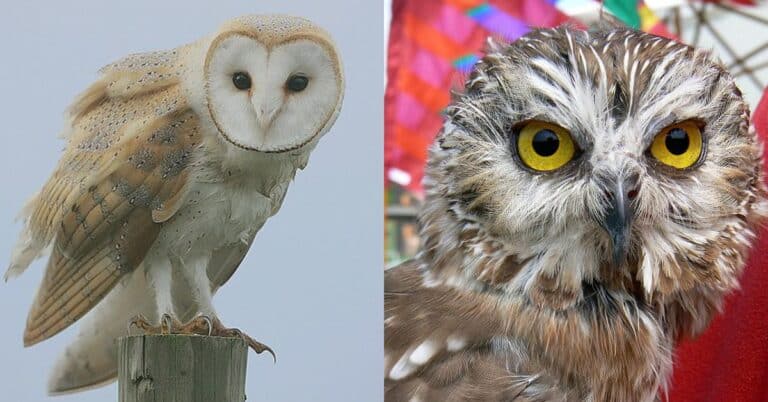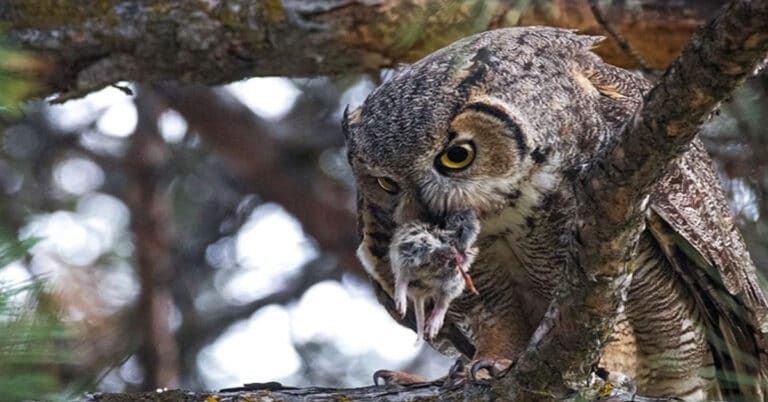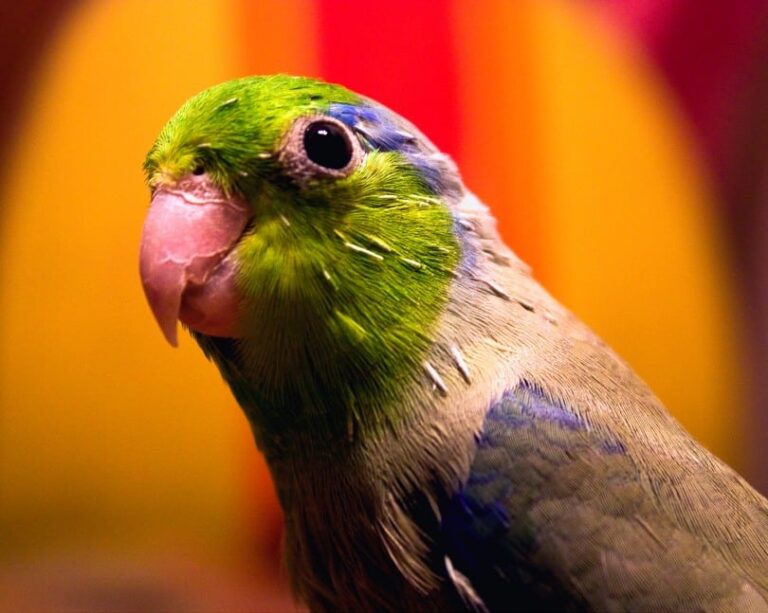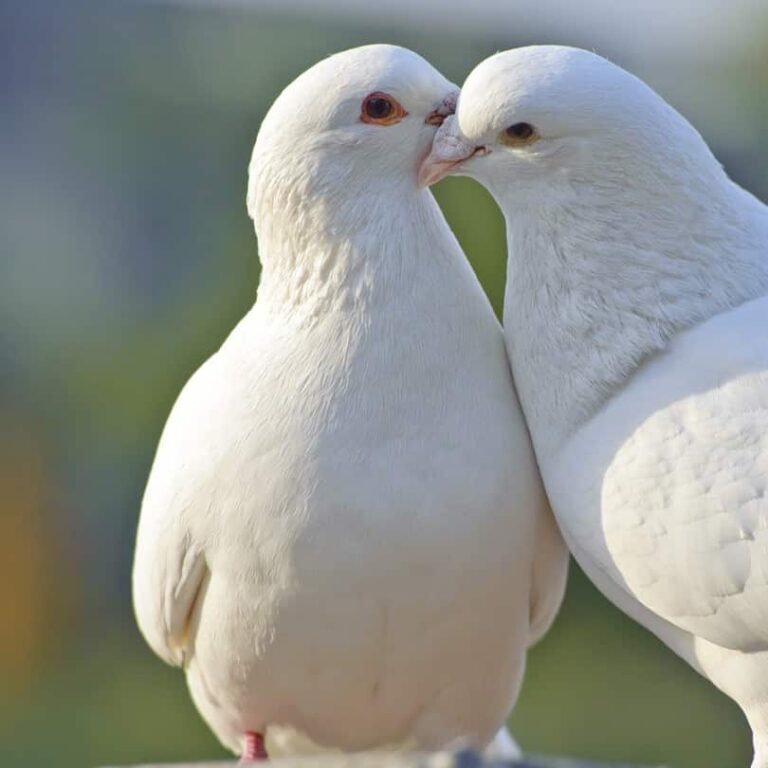Scarlet Macaw
The Ara Macao, commonly called the Scarlet Macaw, belongs to the group of Neotropical parrots collectively called macaws. Brightly colored red, yellow, and blue, the Scarlet Macaw is a large bird found in the evergreen and humid tropical forest regions of South America. It can be found in regions extending from Mexico in the extreme southeast to Brazil, Bolivia, Peru, and Amazonian Venezuela. It occurs both in the lowlands up to 500 m (1,640 feet) and highlands up to 1,000 m (3.281 ft). Habitation of the lowlands, however, is not as common as before due to the destruction of its habitat. This, combined with their capture for trade has led to their extinction in the lowlands. Locally, however, it is still fairly common and can be found in Coiba, an island town. The Scarlet Macaw is honored as the national bird of the people of Honduras.
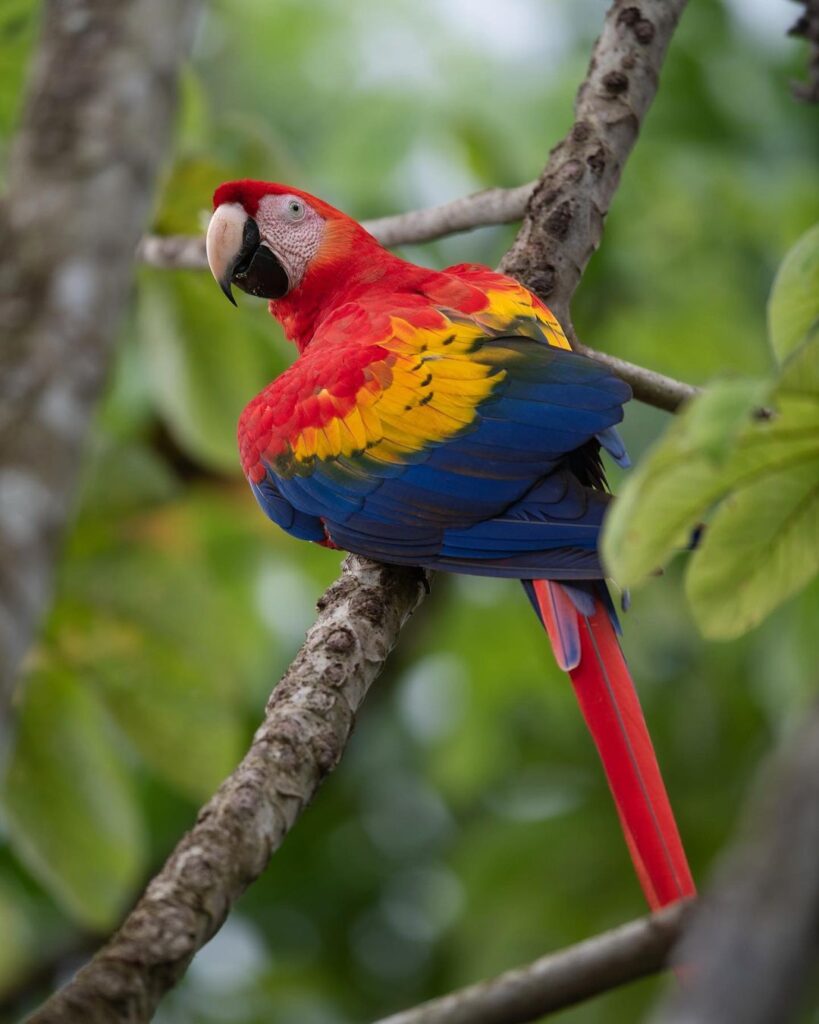
Description
The Scarlet Macaw is a beautifully colored parrot with a large wing span. By large, bright red in color with dashes of yellow, green and blue bands on the wings, the coat of the bird takes the appearance of a rainbow. The tail feathers are red colored, long and tapering with streaks of pale blue. The face is creamy white,. lined with red feathers that are inconspicuous in comparison to the bright red on the body. The eyes are prominent with yellow irises. The upper and lower beaks are dark gray in color with the main body of the upper beak being horn colored. The legs of the bird are also dark gray in color. Longitudinally, the Scarlet Macaw is about 81 centimeters (32 inches), with the graduated, pointed tail accounting for more than half this length. This is typical of all macaws, though the Scarlet Macaw has more tail span than the other macaws. The weight on an average is about 1 kilogram (2.2 lb). These birds squawk, scream and squeak and are capable of making sounds that are high, loud as well as low-pitched to communicate miles of distances with their fellow birds. Though their lifespan in captivity is up to 75 years, generally, they live between 40 to 50 years.
Habitat
The Scarlet Macaw is found in very extensive habitats ranging from Southern Mexico, particularly the state of Oaxaca, further south through eastern Panama till Peru, traversing Bolivia, Paraguay and Brazil that lie on the eastern side of the Andes mountains, continuing further north, comprising Ecuador, Venezuela and Columbia to finally reach the north eastern countries of French Guiana, Suriname, Guyana and the Caribbean islands of Trinidad and Tobago. They make their home in deciduous trees that are tall and located near rivers. They usually colonize these trees in large groups that can be fairly noisy.
Reproduction
Scarlet Macaws mate throughout their lifespan. The male bird attracts the female bird through noises or ritual dances. After mating, both the parents work in making a nest before laying eggs. The female bird lays about two to three eggs in the cavity of a tree and then incubates them for roughly five weeks. Both the male and female birds take turns in incubating the eggs. After hatching, the chicks remain in the nest for about 90 days, after which the fledglings start moving about. In the first 90 days, they seek protection and food from both the parents. A year later the young birds leave their parents, reaching sexual maturity when they are five years old.
Rearing Scarlet Macaws at Home
Domesticating Scarlet Macaws requires attention towards the following needs of the birds, namely, food, proper cage and care.
Food
Among the staple food of these birds are seeds, berries, leaves and nuts found in the rainforests. Their strong and hooked beak gives them a perfect implement to crack seeds and nuts. Furthermore, a lot of fruits that are considered toxic to other animals are harmless to the Scarlet Macaws. This immunity is probably due to the large amounts of clay these birds consume, which is believed to neutralize the toxins present in the fruits. At home, they should be provided with enough nutrients to stay healthy and to have a longer life span. Start a diet with an organic pellet without preservatives and artificial colors. In addition to that, provide fresh fruits and vegetables. You can also provide cooked vegetables and fruits.
Cage and Other Requirements
The cage should be roomy for these large macaws, the minimum dimensions being two-and-half by three feet. Scarlet Macaws can be fairly vocal, and so the cages should be placed in rooms such that they cause the least disturbance to the neighbors. The cage should also have an adequate sized, sturdy perch. Fresh branches of fruit trees serve this purpose as the birds can also chew on them. These would, however, have to be replaced from time to time. Dishes to place water, food and occasional treats can be placed on one side of the cage above the perch. It is also advisable to provide toys for chewing as well as for playing. During fine weather, an outdoor aviary can be an alternative option to a cage. As a luxury, people also sometimes provide the bird, its own room and space in the house.
Large macaws also require their daily two to three hours of time outside the cage. A sturdy perch or a playpen away from the cage, serves this purpose well.. Interacting with the bird is best when it is outside its cage. Most of these birds tend to spend a lot of their time on a playpen or a parrot perch. Cleaning the food and water dishes daily is an essential part of elementary cage care.
Care
Proper care and hygiene is very essential to the health of the bird. The perches and toys should be washed once a week. The floor of the cage should be washed out fortnightly. Yearly maintenance of the aviary includes a complete hosing and disinfection, besides replacing toys, dishes and worn out perches. All macaws, inclusive of the Scarlet Macaws require a well-balanced diet that includes popular Diet Pellets and Nutri-Berries, besides vegetables, fresh fruits and some healthy food that is part of their diet. Given the right diet and proper care, Scarlet Macaws are known to live their entire 70 years.
Social behavior
In their natural habitat, Scarlet Macaws are social birds found in pairs, family groups or even larger flocks of 30 or more. They form strong bonds, typical of all macaws. These birds are very loud and boisterous, and more so when they anticipate interaction with people. These birds are mirrors of their owner’s moods. When you are happy, so is the bird, and if agitated it will reflect the same.
Scarlet Macaws are among the most lively and boisterous of all types of macaws. At times, however, they can be cranky, and social introverts, preferring to associate with only one person or either men or women, unless well-socialized. These birds, therefore, require to be socialized from a very young age with constant contact and interaction with people. They also need a firm hand during their training period.
Scarlet Macaws require a lot of time to get accustomed to good socialization, and once socialized continued interaction is essential. In the absence of this constant contact, they tend to turn aggressive and lose their tame nature as they grow older. Once they turn aggressive, they can no longer be considered fully trustworthy. Such birds are then best paired to be bred.
Handling and Training
The Scarlet Macaw is a very intelligent bird, constantly seeking one’s attention, and game to interact and play. It adapts to a new environment and its keeper, rapidly, and is ready for its training within no time. As a general rule, though, the bird should be given a few days to get used to the keeper, her/his voice and its cage upon arrival. In the case of a hand fed baby bird, which has already been exposed to human contact, handling and training can be sooner as it may not require much taming.
As is the case with all parrots, building trust and being patient with them is an important facet of the taming and training process. The Scarlet Macaw is a fairly intelligent bird which responds positively to firm but consistent handling. These birds are very skilled, learn well, and train fast. They excel in the art of learning tricks and performing menial tasks. They are, however, not adept at talking and mimicking as is the case with some other parrots, most exceptionally the Amazon Parrots. These birds can, to some extent, be taught to say some words and occasionally a few phrases.
Some Amazing Facts
- A Scarlet Macaw weighing about 2.2 pounds and with a wingspan of over 3 feet is the largest parrot ever found in the world.
- These birds use their beaks to climb the trees and crunch the edible nuts.
- Scientists have proved that these birds have the intelligence to distinguish colors, shapes and signs. They can even solve simple problems of mathematics, if trained by any expert.
- Studies prove that a Scarlet Macaw has an emotional mind similar to a 2 year old child and a brain power of a 4 year old kid.
- Scarlet Macaws can generate its sound in different pitches like low, medium and high, each one for a purpose, like to warn about predators, chatting with the other macaws and giving a signal to their mate.
- When the male bird wants to mate with the female Scarlet Macaw, it will seek the female counterpart’s attention by creating a sound or by dancing.

Having discovered a fondness for insects while pursuing her degree in Biology, Randi Jones was quite bugged to know that people usually dismissed these little creatures as “creepy-crawlies”.

